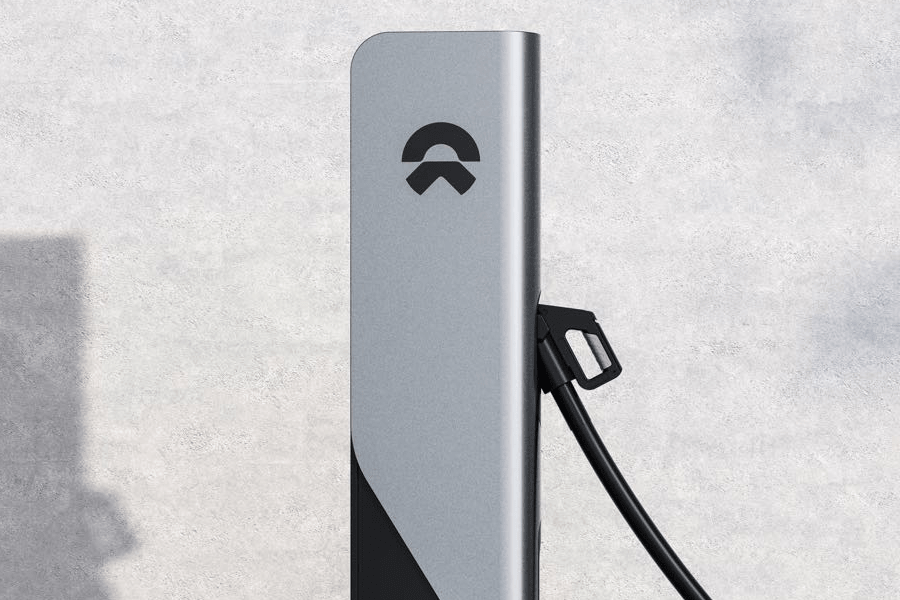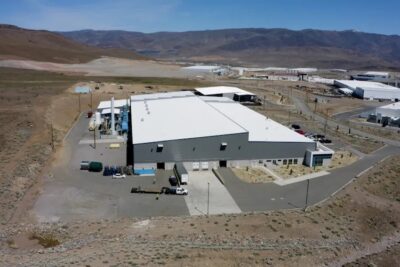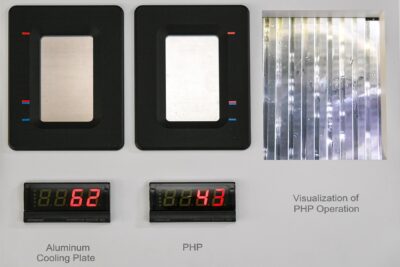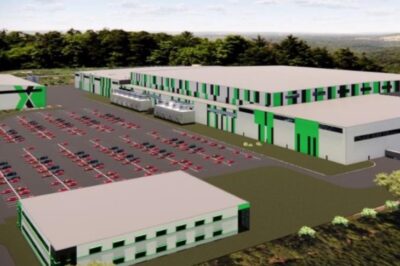Nio reveals infrastructure plan for northern China
The Chinese electric car manufacturer Nio has presented its Power North Plan at Auto Shanghai. The plan is to build fast-charging stations, destination chargers and battery exchange stations in northern China within the next three years.
Nio’s Power North Plan involves 2,000 of its fast-charging stations called Power Chargers at 500 locations, more than 10,000 destination chargers, 100 battery exchange stations and 120 Power Mobile vehicles – which are vans that act as mobile power banks for recharging batteries.
These are to be set up in eight provinces and autonomous regions in China by 2024 – from Heilongjiang in the northeast on the border with Russia, Jilin, Liaoning (both border North Korea), Inner Mongolia, Gansu, Qinghai, Ningxia and Xinjiang. The latter province lies in the northwest of the country on the border with Mongolia, Russia and Kazakhstan. In German media, Xinjiang is best known for the VW plant in the Uyghur city of Urumqi.
According to Nio, when the Power North Plan is completed, there will be either a power charger or a power swap station every 100 kilometres along the motorways. In areas of prefectural cities, a “reliable charging or swap station” is to be built every three square kilometres. With this infrastructure, it should then be possible to travel with an electric car as if it were a petrol car, even in the sometimes very rural areas – an important goal for Nio. In the meantime, Nio itself has its base in Hefei in the province of Anhui, located much further south at the height of Shanghai.
A few days ago, Nio presented its second-generation battery exchange station, opened the first location in Beijing and announced a strategic cooperation with the petroleum giant Sinopec, which includes the establishment of a network of 5,000 battery exchange stations by 2025.
The ET7 electric sedan that Nio presented at the beginning of the year, was also shown for the first time at the Shanghai show. The electric all-wheel-drive sedan is to be delivered from the first quarter of 2022. Three battery options are planned: In addition to 70 and 100 kWh, there will also be a variant with 150 kWh capacity. The latter is to offer a range of 1,000 kilometres according to NEDC.





0 Comments